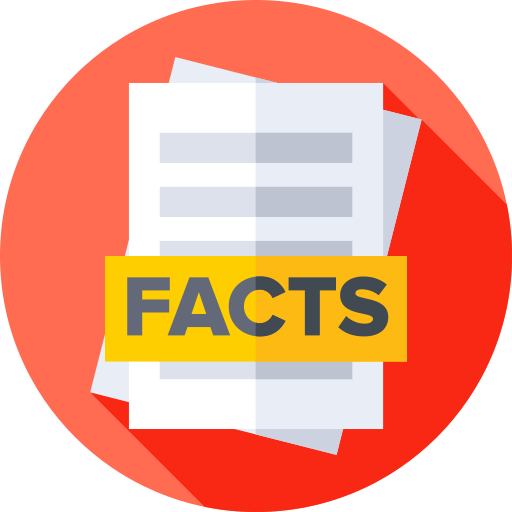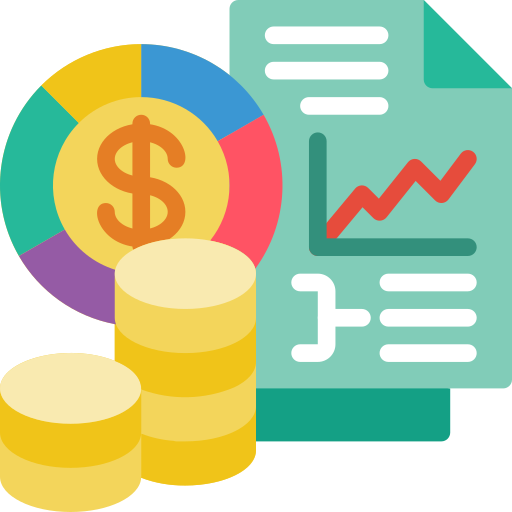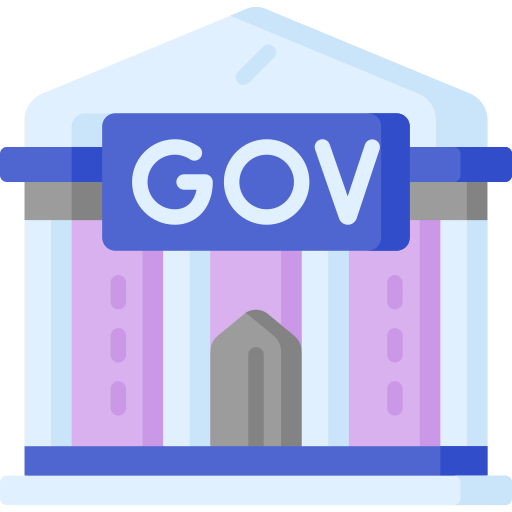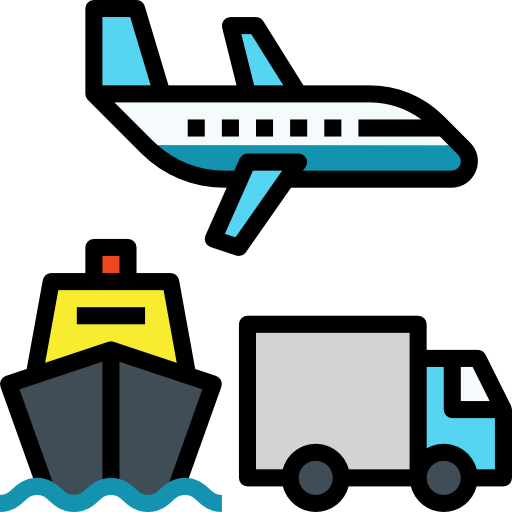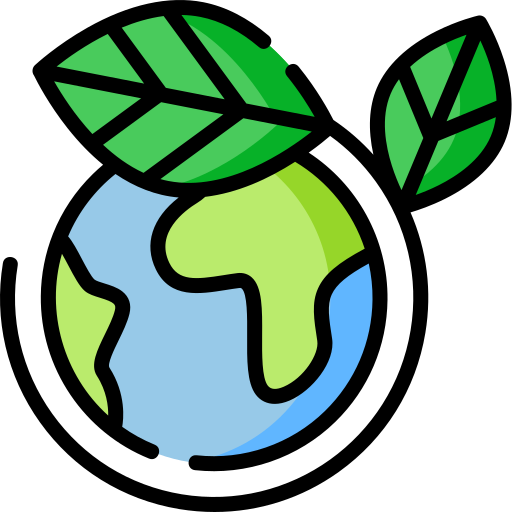Serbia - Economy

How is the economy of Serbia? Based on the information we have, Serbia has a upper middle-income Balkan economy; current EU accession candidate; hit by COVID-19; pursuing green growth development; manageable public debt; new anticorruption efforts; falling unemployment; historic Russian relations; energy import-dependent. Key agricultural products in this country include: maize, wheat, sugar beets, milk, sunflower seeds, soybeans, potatoes, barley, apples, plums (2023).
More about the economy of Serbia
| Labor force | 3.23 million (2024 est.) |
|---|---|
| Industrial production growth rate | 2.9% (2024 est.) |
| Industries | automobiles, base metals, furniture, food processing, machinery, chemicals, sugar, tires, clothes, pharmaceuticals |
| Population below poverty line | 20% (2021 est.) |
| Taxes and other revenues | 23.9% (of GDP) (2022 est.) |
| Fiscal year | |
| Exchange rates | |
| Currency | Serbian dinars (RSD) per US dollar - |
| Exchange rates 2024 | 108.208 (2024 est.) |
| Exchange rates 2023 | 108.403 (2023 est.) |
| Exchange rates 2022 | 111.662 (2022 est.) |
| Exchange rates 2021 | 99.396 (2021 est.) |
| Exchange rates 2020 | 103.163 (2020 est.) |
| Debt - external | |
| Debt - external 2023 | $21.726 billion (2023 est.) |
| Reserves of foreign exchange and gold | |
| Reserves of foreign exchange and gold 2024 | $30.484 billion (2024 est.) |
| Reserves of foreign exchange and gold 2023 | $27.569 billion (2023 est.) |
| Reserves of foreign exchange and gold 2022 | $20.68 billion (2022 est.) |
| Current account balance | |
| Current account balance 2023 | -$1.947 billion (2023 est.) |
| Current account balance 2022 | -$4.457 billion (2022 est.) |
| Current account balance 2021 | -$2.654 billion (2021 est.) |
| Public debt | |
| Public debt 2016 | 73.1% of GDP (2016 est.) |
| Budget | |
| Revenues | $26.077 billion (2022 est.) |
| Expenditures | $28.12 billion (2022 est.) |
| Budget surplus (+) or deficit (-) | |
| Remittances | |
| Remittances 2023 | 7.1% of GDP (2023 est.) |
| Remittances 2022 | 8.5% of GDP (2022 est.) |
| Remittances 2021 | 6.9% of GDP (2021 est.) |
| Household income | |
| Lowest 10% | 2.4% (2022 est.) |
| Highest 10% | 24.7% (2022 est.) |
| Average household expenditures | |
| On food | 24.1% of household expenditures (2023 est.) |
| On alcohol and tobacco | 7.8% of household expenditures (2023 est.) |
| Imports | |
| Imports 2023 | $48.158 billion (2023 est.) |
| Imports 2022 | $47.395 billion (2022 est.) |
| Imports 2021 | $39.476 billion (2021 est.) |
| Imports (partners) | Germany 12%, China 10%, Italy 7%, Turkey 5%, Hungary 5% (2023) |
| Comodities Imports force | crude petroleum, natural gas, packaged medicine, plastic products, cars (2023) |
| Exports | |
| Imports 2023 | $48.158 billion (2023 est.) |
| Imports 2022 | $47.395 billion (2022 est.) |
| Imports 2021 | $39.476 billion (2021 est.) |
| Exports (partners) | Germany 15%, Hungary 7%, Bosnia & Herzegovina 5%, Italy 5%, Romania 5% (2023) |
| Comodities Exports force | insulated wire, electricity, copper ore, plastic products, electric motors (2023) |
| Real GDP (purchasing power parity) | |
| Real GDP (purchasing power parity) 2024 | $177.093 billion (2024 est.) |
| Real GDP (purchasing power parity) 2023 | $170.482 billion (2023 est.) |
| Real GDP (purchasing power parity) 2022 | $164.166 billion (2022 est.) |
| GDP (official exchange rate) | $89.084 billion (2024 est.) |
| Real GDP Per capita | |
| Real GDP per capita 2024 | $26,900 (2024 est.) |
| Real GDP per capita 2023 | $25,700 (2023 est.) |
| Real GDP per capita 2022 | $24,600 (2022 est.) |
| GDP - composition, by sector of origin | |
| Agriculture | 3.1% (2024 est.) |
| Industry | 23.3% (2024 est.) |
| Services | 58.5% (2024 est.) |
| GDP - composition, by end use | |
| Household consumption | 62.7% (2024 est.) |
| Government consumption | 17.8% (2024 est.) |
| Investment in fixed capital | 23.6% (2024 est.) |
| Investment in inventories | 2% (2024 est.) |
| Exports of goods and services | 52.7% (2024 est.) |
| Imports of goods and services | -58.8% (2024 est.) |
| Unemployment rate | |
| Unemployment rate 2024 | 7.4% (2024 est.) |
| Unemployment rate 2023 | 8.3% (2023 est.) |
| Unemployment rate 2022 | 8.5% (2022 est.) |
| Youth unemployment rate (ages 15-24) | |
| Total | 22.7% (2024 est.) |
| Male | 21.8% (2024 est.) |
| Female | 24.1% (2024 est.) |
All Important Facts about Serbia
Want to know more about Serbia? Check all different factbooks for Serbia below.
